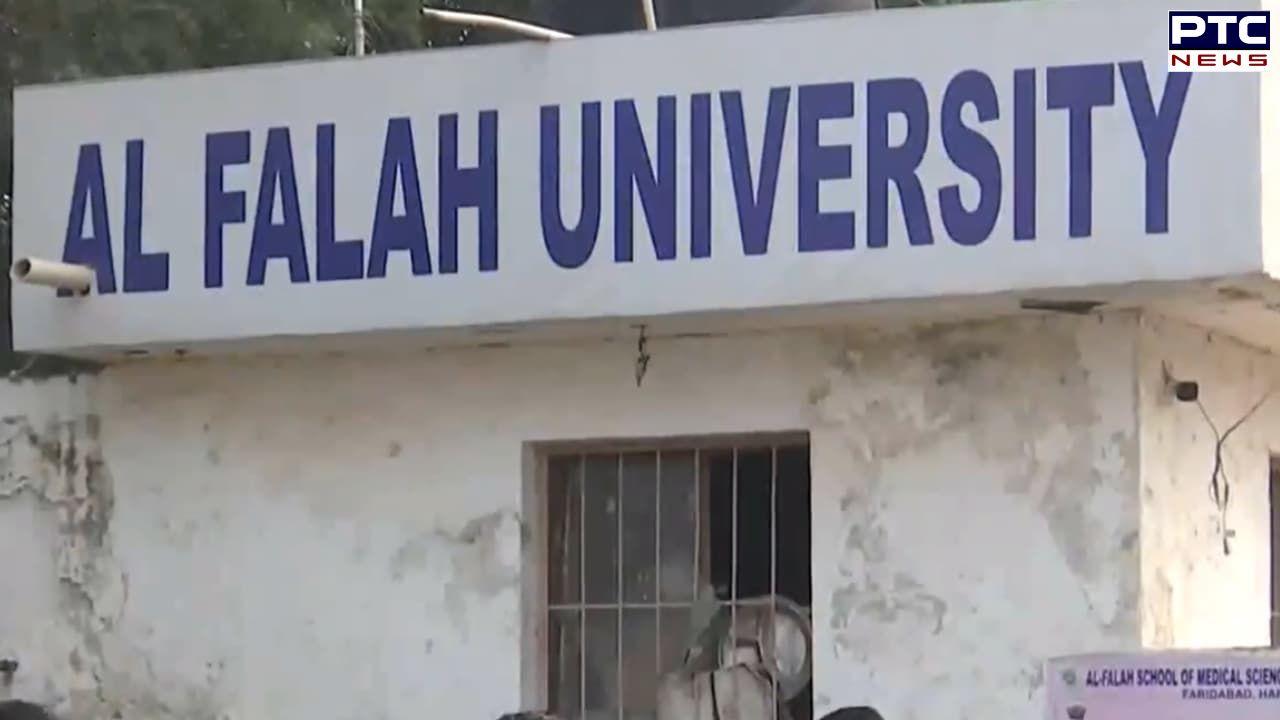Air India plane crash preliminary report submitted to govt; reason to be made public soon
Initial report, based on early-stage assessments and data collection, is expected to shed light on possible causes of fatal crash

Air India plane crash report: The Aircraft Accident Investigation Bureau (AAIB) has submitted its preliminary report on the tragic Air India AI-171 crash to the Ministry of Civil Aviation and other departments concerned, according to top government officials cited by news agency ANI. The initial report, based on early-stage assessments and data collection, is expected to shed light on the possible causes of the fatal crash that occurred last month.
The authorities have confirmed that the report will be made public later this week, though its contents remain undisclosed for now. However, sources believe it contains critical clues regarding technical or procedural failures that may have led to the crash.
The deadly crash took place on June 12, when Air India flight AI-171, bound for London from Ahmedabad’s Sardar Vallabhbhai Patel International Airport, crashed just 32 seconds after take-off. Tragically, 241 persons on board, including 10 cabin crew members and two pilots, were killed in the fiery crash. The sole survivor was seated in seat 11A. Among the victims was former Gujarat Chief Minister Vijay Rupani.
Both black boxes—the Cockpit Voice Recorder (CVR) and Flight Data Recorder (FDR)—were retrieved in the days following the crash. One was found on June 13 from the rooftop of a nearby building, while the second was located in the wreckage on June 16.
In the week following the crash, at least three Air India training pilots attempted to reconstruct potential causes using Boeing 787 simulators in Mumbai. These simulations included testing electrical faults that might have led to a dual-engine flame-out, a rare but catastrophic event that prevents the aircraft from gaining altitude post take-off. However, none of the simulations reproduced the exact failure experienced by AI-171.
Pilots also recreated the trim sheet data—a document critical for weight and balance calculations that ensures the aircraft’s centre of gravity is within safety limits for take-off and flight. This reconstruction aims to rule out any imbalance or improper loading as a contributing factor.
Investigators are now closely examining the position of the fuel switches and are comparing recorded black box data with physical evidence from the crash site. They aim to determine if either engine was accidentally shut off during takeoff—a possibility that could explain the rapid loss of power.
Additionally, the possibility of a dual-engine failure is under serious scrutiny. Notably, Air India’s Boeing 787 pilots are not trained to handle dual-engine flame-outs below 400 feet altitude, the very condition AI-171 reportedly faced.


